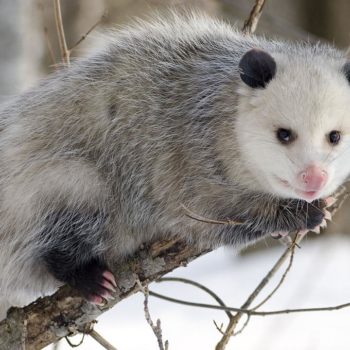
Flying Squirrels in Raleigh? Yep.
- Posted by Lance
- On December 17, 2016
- 0 Comments
Unless you are a biologist or wildlife expert of some kind, you are not likely aware of local species of animals unless you see them in your day-to-day life. You may see foxes, turkeys, deer and a host of other animals, but there is a whole night shift you may be missing out on. This includes two North Carolina species of flying squirrel. These rodents are completely nocturnal, unlike their more common daytime cousins, the gray squirrel, so they’ve likely avoided your gaze.
Here in Raleigh we do not have the northern flying squirrel, because they are almost entirely in mountain counties along the Tennessee border, but we do have the southern flying squirrel. The southern flying squirrel is assumed to live in every part of the state, although because they are very elusive and operate only at night, it’s hard to know exactly.
The southern flying squirrel is smaller than its northern counterpart and is gray rather than brown. Both have white bellies, big eyes for seeing in the dark and patagium between their legs so they can “fly.” Patagium is just a fancy word for the skin flap that spreads out and acts as a wing when they spread their legs wide. They do not flap their patagium and actually fly but use them to glide downwards from the top of a high tree to a lower point on another. Flying squirrels even have a wide, flat tail that they use to steer as they glide.
There is nothing to fear from these flying rodents, although it may be alarming to see one gliding up to 20 yards from one tree to another. They stay to themselves and avoid contact with humans whenever possible. Hollow tree cavities, often emptied and abandoned by woodpeckers, are their preferred homes. In the winter months, large groups may band together in a single tree cavity and emerge in the early spring with new young.
If you need to identify one, often the noises they make at night are a good way. They hiss or even screech at night from high up in trees. This is done to communicate with one another as they hunt for insects, carrion, bird eggs and vegetation to eat. With a diet as varied as this, they’ve made a comfortable home in most heavily-wooded areas of the state and will continue to be an exciting part of our state’s wildlife. If there is a large colony nesting down in a tree in your yard and you feel they should be moved, consult with Critter Control of the Triangle on the best way to proceed.











